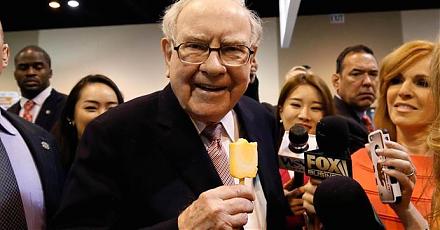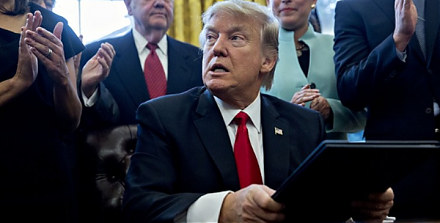

2018-08-05 12:34:00 Sun ET
federal reserve monetary policy treasury dollar employment inflation interest rate exchange rate macrofinance recession systemic risk economic growth central bank fomc greenback forward guidance euro capital global financial cycle credit cycle yield curve
JPMorgan Chase CEO Jamie Dimon sees great potential for 10-year government bond yields to rise to 5% in contrast to the current 3% 10-year Treasury bond yield. This bullish perspective reduces the relative likelihood of U.S. yield curve inversion that indicates a negative term spread between short-term and long-term Treasury bond yields. A negative term spread or yield curve inversion typically indicates the early dawn of an economic recession. On the basis of recent empirical evidence, this technical macroeconomic prediction has been correct since the 1970s.
Indeed, Dimon points out that the current bull market can run for another 2-3 more years. Dimon's bullish sentiment relies heavily upon the sunny scenario where the Federal Reserve continues the current interest rate hike in response to inflationary concerns. Core CPI inflation and PCE inflation hover around 2%; unemployment declines below 4%; and real GDP economic growth lands in the healthy range of 3% to 3.5% per annum. In other words, the U.S. economy now operates near full employment and productivity growth with moderate inflation.
However, several economists consider the 5% Treasury bond yield benchmark a long shot due to subpar inflation expectations. In the alternative light, these experts suggest that the 5% Treasury bond yield benchmark may not be imminent until the Federal Reserve continues the interest rate hike until late-2019 or even early-2020.
In any case, Dimon's bullish perspective resonates well with the recent comments by Larry Kudlow, executive director of the National Economic Council. Specifically, Kudlow advocates the optimistic outlook for the U.S. economy in light of both full employment and 3.5%-4% real GDP economic growth in mid-2018. Kudlow even emphasizes that the current U.S. economic boom may continue until 2022-2024.
Overall, these fundamental factors contribute to upbeat investor sentiments toward the current economic boom in America.
If any of our AYA Analytica financial health memos (FHM), blog posts, ebooks, newsletters, and notifications etc, or any other form of online content curation, involves potential copyright concerns, please feel free to contact us at service@ayafintech.network so that we can remove relevant content in response to any such request within a reasonable time frame.
2017-12-23 10:40:00 Saturday ET

Despite having way more responsibility than anyone else, top business titans such as Warren Buffett, Charlie Munger, and Oprah Winfrey often step away from
2019-05-05 10:34:00 Sunday ET

Former Vice President Joe Biden enters the next U.S. presidential race with many moderate-to-progressive policy proposals. At the age of 76, Biden stands ou
2017-06-03 05:35:00 Saturday ET

Fundamental value investors, who intend to manage their stock portfolios like Warren Buffett and Peter Lynch, now find it more difficult to ferret out indiv
2022-04-05 17:39:00 Tuesday ET

Corporate diversification theory and evidence A recent strand of corporate diversification literature spans at least three generations. The first generat
2019-01-06 08:39:00 Sunday ET

President Trump signs an executive order to freeze federal employee pay in early-2019. Federal employees face furlough or work without pay due to the govern
2019-03-25 17:30:00 Monday ET

America seeks to advance the global energy dominance agenda by toppling Saudi Arabia as the top oil exporter by 2024. The International Energy Agency (IEA)